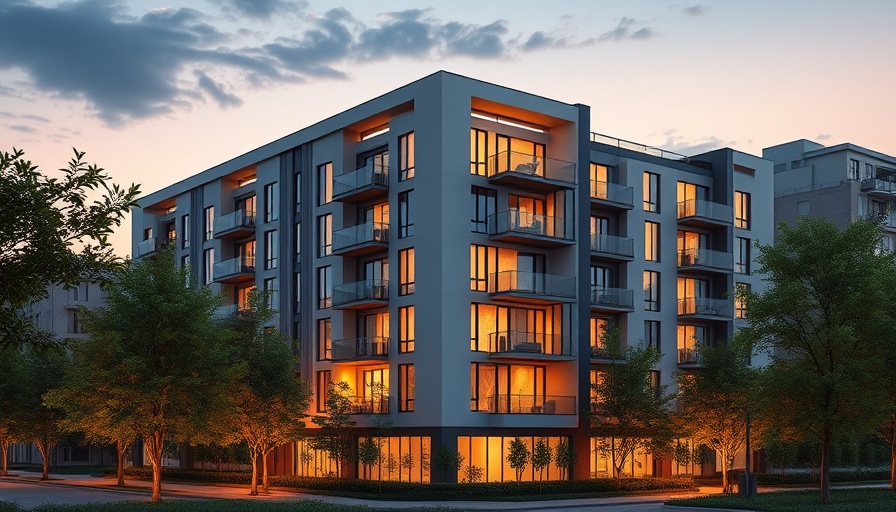
A Step-by-Step Guide to Repainting Your Living Room
Repainting your living room is an exciting opportunity to refresh and transform one of the most lively spaces in your home. When approached methodically, painting can feel like a manageable task that brings a unique reward. Here’s how you can ensure a successful transformation in a few simple steps.
Prepare Your Space: The Foundation for a Flawless Finish
Before you dive into painting, assess your living room thoroughly. Check for scuffs, peeling paint, and any other imperfections that may need correction. Create a game plan by identifying obstacles like heavy furniture or architectural features that require special attention.
Clear the room as much as possible. Remove smaller furniture items and push larger ones to the center, covering them to protect against paint splatters. A completely empty space makes for an easier and safer work environment.
Gather Necessary Supplies for Efficient Workflow
Next, make a detailed list of the supplies you'll need. Aside from paint and brushes, include painter’s tape, drop cloths, and a paint tray. Choosing a high-quality, washable paint finish like eggshell or satin can contribute to long-term satisfaction, especially in a space that gathers frequent activity.
Prep Your Walls for Painting Perfection
Effective preparation is key to achieving a professional-looking finish. Clean your walls using a mild detergent or trisodium phosphate solution to remove dust and stains. Patch any holes with spackle and sand rough areas to create an even surface. The patching process may seem tedious but is essential for a smooth result.
Consider using a primer, especially if you’re covering darker colors with lighter ones—it aids in seamless coverage and improves the durability of your final coat.
Techniques for Precision: Cutting In
Now, it’s time to apply your paint. Start by “cutting in” the edges around trim and corners with an angled brush. This technique ensures that you cover areas that your roller may miss. The key is to blend your brushwork with roller application while the paint is still wet.
Final Touches: Inspect, Touch Up, and Reassemble
After the paint dries, inspect your work. Look for missed spots or uneven areas, and touch up as needed. The removal of painter’s tape should be done carefully to maintain sharp edges for a clean finish.
Finally, once everything is dry, reassemble your furniture and decor. Enjoy your newly painted living room—this colorful change is sure to breathe new life into your home.
 Add Row
Add Row  Add
Add 




Write A Comment